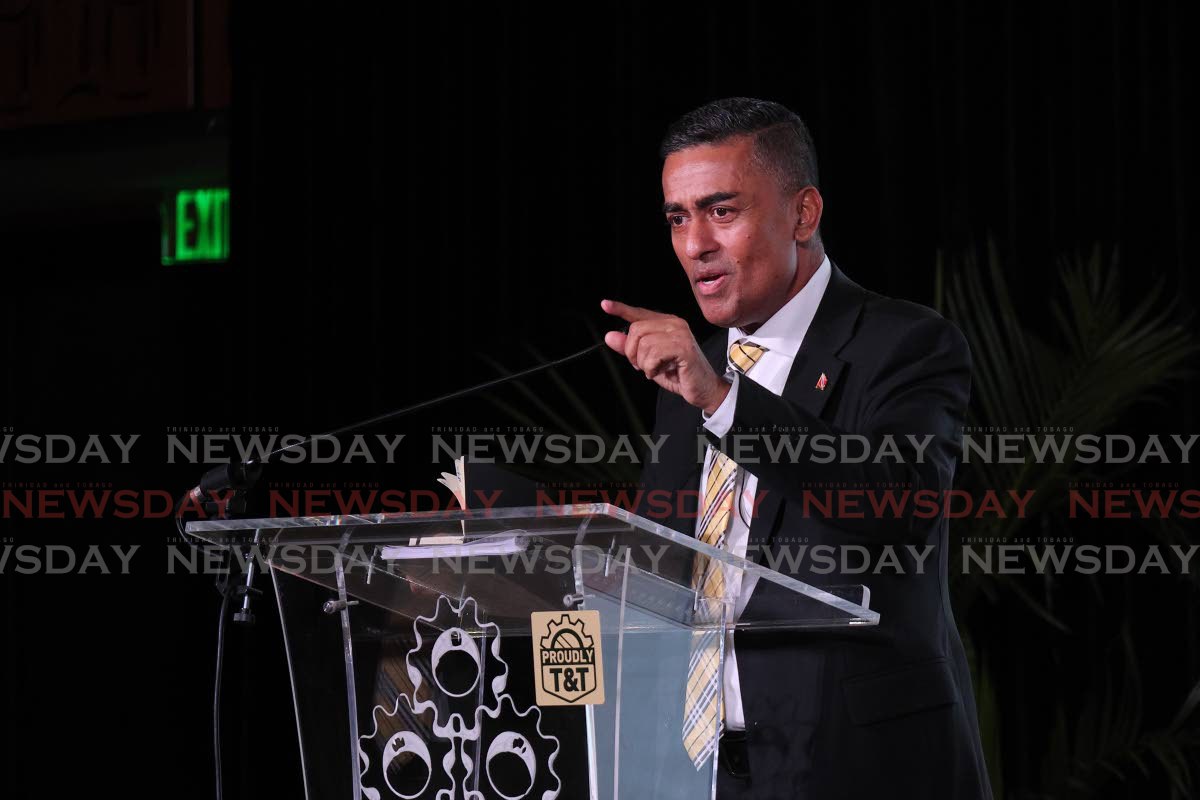Since his inauguration in January, US President Donald Trump has stirred global economic uncertainty with his aggressive tariff policies. Trump’s administration believes these tariffs will generate revenue, reduce the US deficit, protect American industries, and safeguard national security by restricting imports of strategic materials. The goal is to encourage domestic production, create jobs, and stimulate economic growth, while addressing the $1.78 trillion deficit of the world’s largest economy.
In stark contrast, Trinidad and Tobago’s UNC government, which assumed office in May, inherited a $7 billion deficit from the previous PNM administration. Finance Minister Davendranath Tancoo’s recent budget presentation revealed a markedly different approach. Despite low oil and gas production and reduced revenue, the government has not focused on cutting the deficit by reducing imports. Instead, it has encouraged the importation of foreign-used vehicles and reduced super gas prices by $1 per litre. Critics argue that this $500 million expenditure could have been better allocated to repairing the nation’s deteriorating road network, which would enhance productivity and reduce vehicle wear and tear.
While the US aims to bolster local industries, Trinidad and Tobago’s policies seem to undermine domestic competitiveness. The government has increased electricity and NIS costs for local industries, while imposing heavy taxes on the alcoholic beverage sector, one of the country’s most internationally competitive industries. This move risks business closures, layoffs, and reduced foreign exchange earnings. The recent closure of the Nutrien Pt Lisas facility further exacerbates future revenue concerns.
Observers lament the decline of Trinidad and Tobago’s once-thriving manufacturing sector and urge the government to reconsider its policies before resorting to IMF intervention. The contrasting economic strategies of the US and Trinidad and Tobago highlight the complexities of managing national economies in a globalized world.
